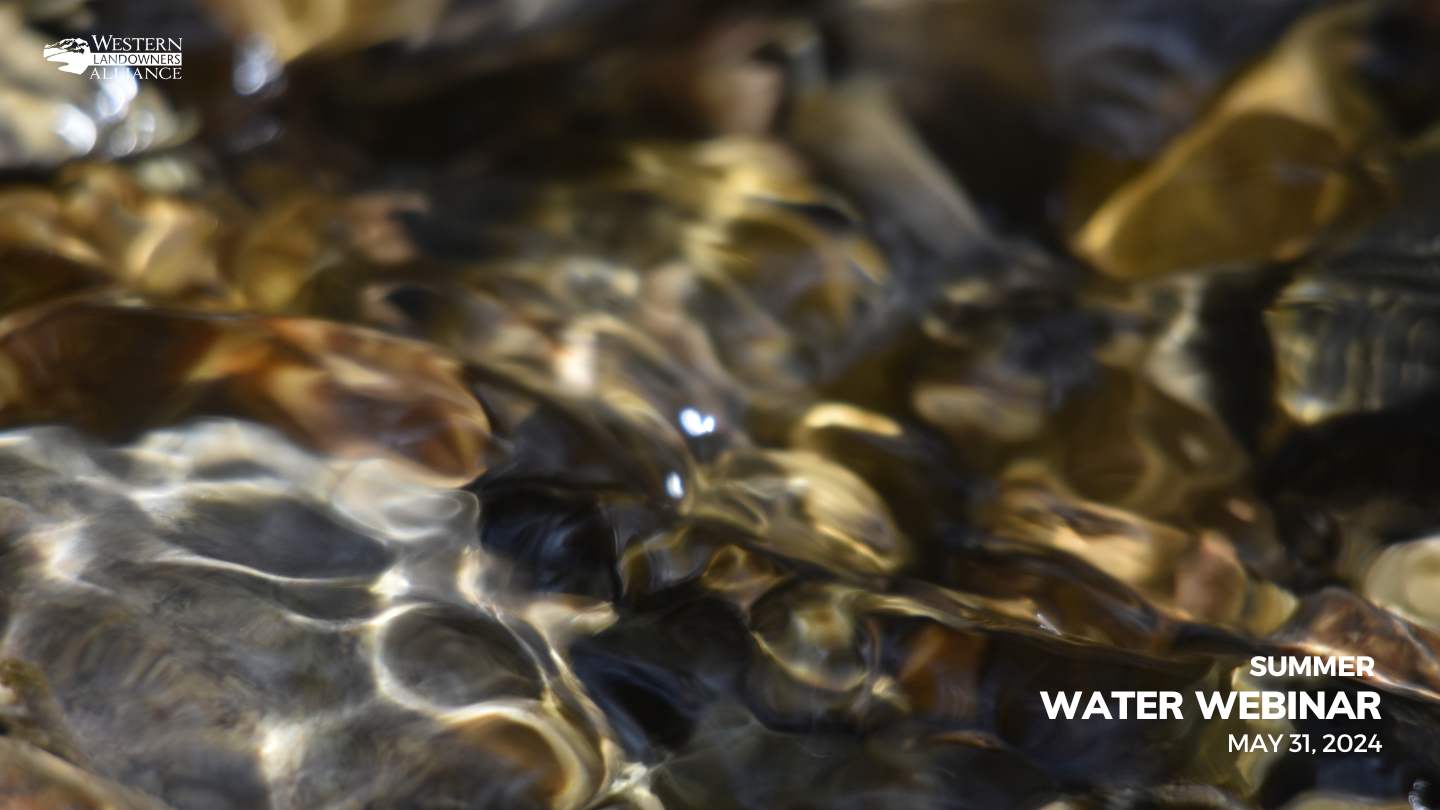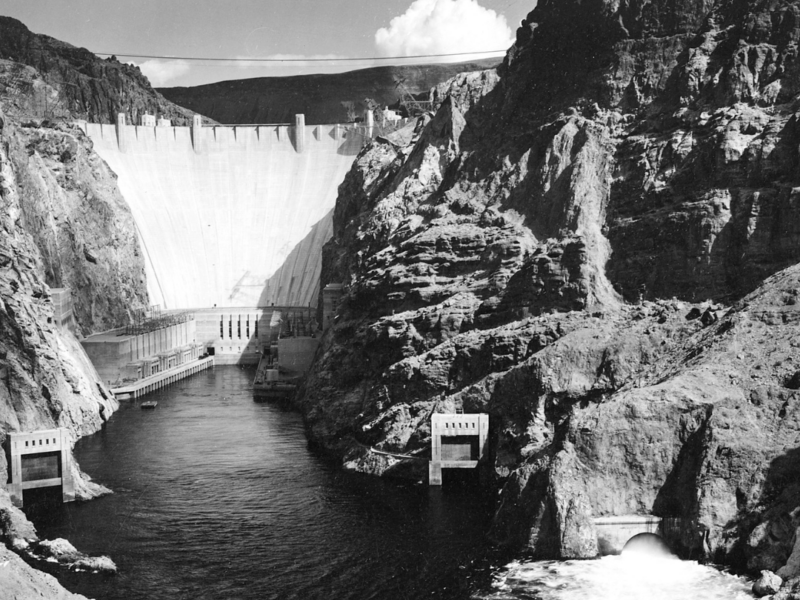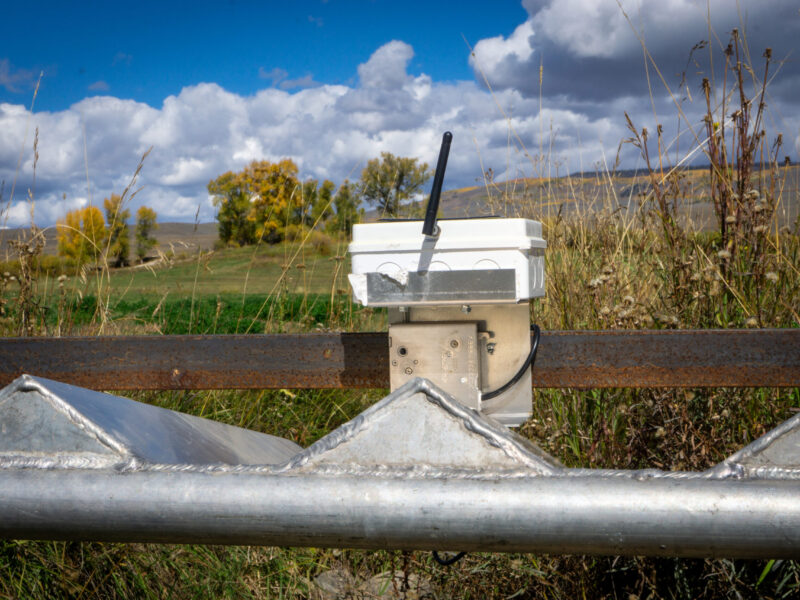Mimicking nature: Flood irrigation and watershed health
On May 31st, Western Landowners Alliance hosted a panel of ranchers and researchers for a presentation about how flood irrigation can help sustain seasonal wetlands by mimicking the natural flood processes, contributes to healthy habitats and can be used as a management tool by supplementing aquifer storage. Adrian Hunolt, a Wyoming rancher, Erica Hansen, Water 4 coordinator at Intermountain West Joint Venture, Jim Hagenbarth, a Montana rancher, and Ginette Abdo, Groundwater Investigation Program manager with the Montana Bureau of Mines and Geology, joined to discuss how flood irrigation supports healthy habitats. What follows is a recap of the webinar, which you can watch in its entirety above.
Flood Irrigation Helps Healthy Habitats
The webinar began with a presentation by Adrian Hunolt, of JHJ Livestock in the Beaver River watershed of Wyoming, sharing the benefits the ranch gains through flood irrigation.
JHJ Livestock utilizes flood irrigation to compensate for a short growing season (often less than 60 days) and thin, cobbly-loam soils on glacial outwash with low water holding capacity. With growing capacity limited due to the environment, flood irrigation helps the ranch maintain seasonal wetlands that mimic the natural flood processes. JHJ utilizes the spring runoff by flood irrigating its hay production fields, which in turns raises the groundwater table and contributes to late season flow for the ranch and downstream water users. This process is similar to what beaver would do on the landscape, only on a larger scale. Many wildlife species make use of this green area and the seasonal wetlands created by flood irrigation, including sandhill cranes, sage grouse, moose and elk, among many others.
Research on the impact of flood-irrigated grass hay
We then heard from Erica Hansen who shared Intermountain West Joint Venture’s (IWJV) research on the ecosystem benefits of flood-irrigated grass hay that mimics historical hydrologic processes. IWJV works to preserve bird habitats through partnership-driven, science-based projects and programs, including conserving wetlands and water for irrigated agriculture, wildlife, and fisheries habitat, groundwater recharge and landscape resiliency.
Migratory birds in the west follow the water and rely heavily on irrigated agriculture. This study looked at systems across the intermountain west examining where wetlands are supported by flood-irrigated grass hay and what ecosystem services are provided by those wetlands. Most flood-irrigated grass hay is grown at high-elevations in historic riparian floodplains, which mimics the natural hydrology and recharges groundwater. That irrigation occurs at the same time flooding would naturally occur, so is vital habitat for migratory birds as they move through the west, including making up 60% of the wetland breeding habitat for sandhill cranes.

“All these rivers and all these lakes are made up of drops of rain and flakes of snow, and how we manage those will determine how much benefit we get from each of those drops of rain and flakes of snow.”
Jim Hagenbarth
Multiple benefits of flood irrigation
Next we were joined by Jim Hagenbarth of Hagenbarth Management who ranches along the Big Hole River in Montana. Hagenbarth highlighted the responsibility of producers to work with nature and manage the whole landscape, saying “All these rivers and all these lakes are made up of drops of rain and flakes of snow, and how we manage those will determine how much benefit we get from each of those drops of rain and flakes of snow.”
Hagenbarth told us that historically, the riparian areas in his region were confined to the river bottoms and streams often ran dry late in the summer season. Flood irrigation has created thousands of wetland acres, increased the water table, and enhanced wildlife and fisheries habitats. Hagenbarth also monitors the groundwater level, observing the lowest groundwater levels in March, before the aquifer is recharged through flood irrigation to the highest levels in August after the irrigation season. They have also observed that where more efficient irrigation systems have been widely utilized, the lack of return flows has resulted in decreased stream flows. Hagenbarth then described how the Big Hole Watershed Committee formed in 1995 to develop consensus between the public, recreational interests and ranchers to help folks understand the importance of irrigating early in the runoff season to support year-round flows that support recreation, including boating and fishing, as well as support the wildlife and fisheries. The committee has developed a drought plan that includes support for stream flows in low water years, and a recreation plan to help decrease the pressure on the river from recreation.
Flood irrigation below the surface
Finally, we heard from Ginette Abdo, who shared what flood-irrigation looks like below the ground surface.
Montana Bureau of Mines and Geology’s Groundwater Investigation Program (GIP) works on stakeholder driven projects proposed by local entities to address local water issues of concern. They evaluate groundwater and surface water connection and how they are impacted by changing land use, and work to understand how irrigation and irrigation return flows impact groundwater and surface water. Abdo told us that while flood irrigation may be one of the least efficient methods of irrigation, it has broad unintentional benefits. The water that was traditionally seen as “lost” is not actually lost, instead providing benefits to the ground and surface water systems. In areas that are flood irrigated, the groundwater recharge as fields are irrigated is easily measurable and contributes to consistent groundwater levels even in times of drought. The same effect is observed near canals as groundwater is recharged through canal leakage. The GIP also develops groundwater budgets that track all the water coming into a system, highlighting the importance of irrigation in those water budgets.
Abdo emphasized that these are important considerations when determining management strategies, and it is important to quantify the return flows and effects on the hydrologic system and consider the impacts on ground and surface water when considering more efficient irrigation methods. Additionally, flood irrigation and canals can be used to intentionally manage groundwater recharge.
Don’t forget to register for WLA’s upcoming Summer Water Webinars – https://westernlandowners.org/series/summer-water-webinars/




